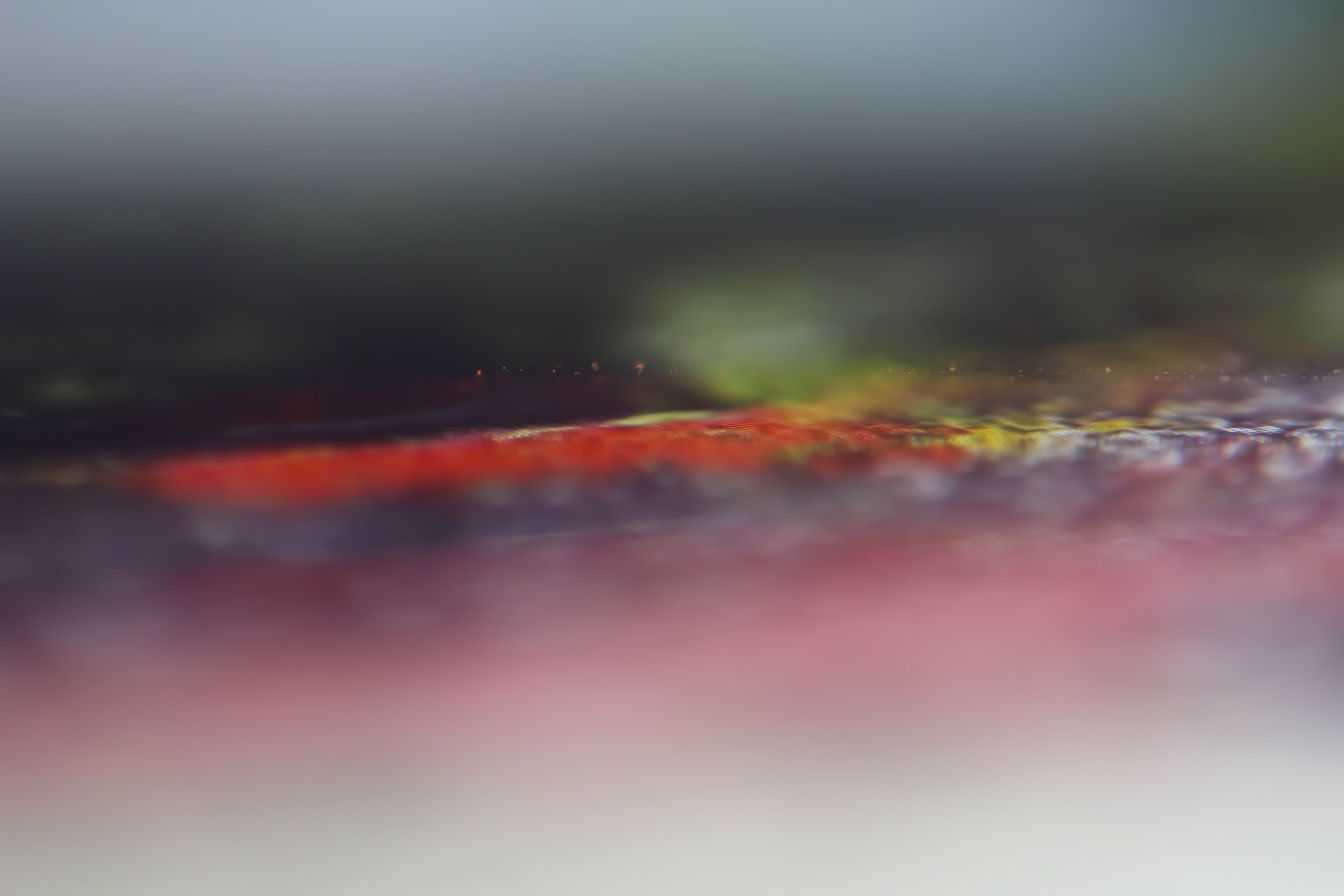Play Passages is debuting in Toronto one month from today on June 24th! Deep breaths. It will be a multi-media piece that is an exciting evolution for my work, a cross between performance art and an installation that will be brought to life by kids, and that's based on the play memories that many of you shared with me.
I’m getting really excited but I still have so much to do. It’s a multi-layered process as I bounce around between continuing to create the piece itself and pull the elements together, and starting to get the word out. I can get so immersed in the creative side that I can forget to tell people that it’s actually happening.
I thought it would be fun to share a behind the scenes photo with you from last week from when I went to pick up the first image that I had printed for the installation. There will be 17 images of the play memories in total, and each will be printed on fabric about 5 feet by 10 feet. I was nervous to see how a print would look, but I was really happy. The people at Club Ink, where I’m getting them printed, are amazing. I can’t wait to see how the children will manipulate the images, what they will build and create in the space. Some of the images will likely end up crumpled in the dirt too, but that’s part of the point. It’s whatever they want to do.
I’m also hard at work on the audio portion—while kids play in the space with the fabric memories and simple building materials, adults will listen to the play memories and watch. But I’ll share more about that soon. I’m eager to get back to working with audio after a long hiatus, and there are some interesting challenges ahead for me with that.


















